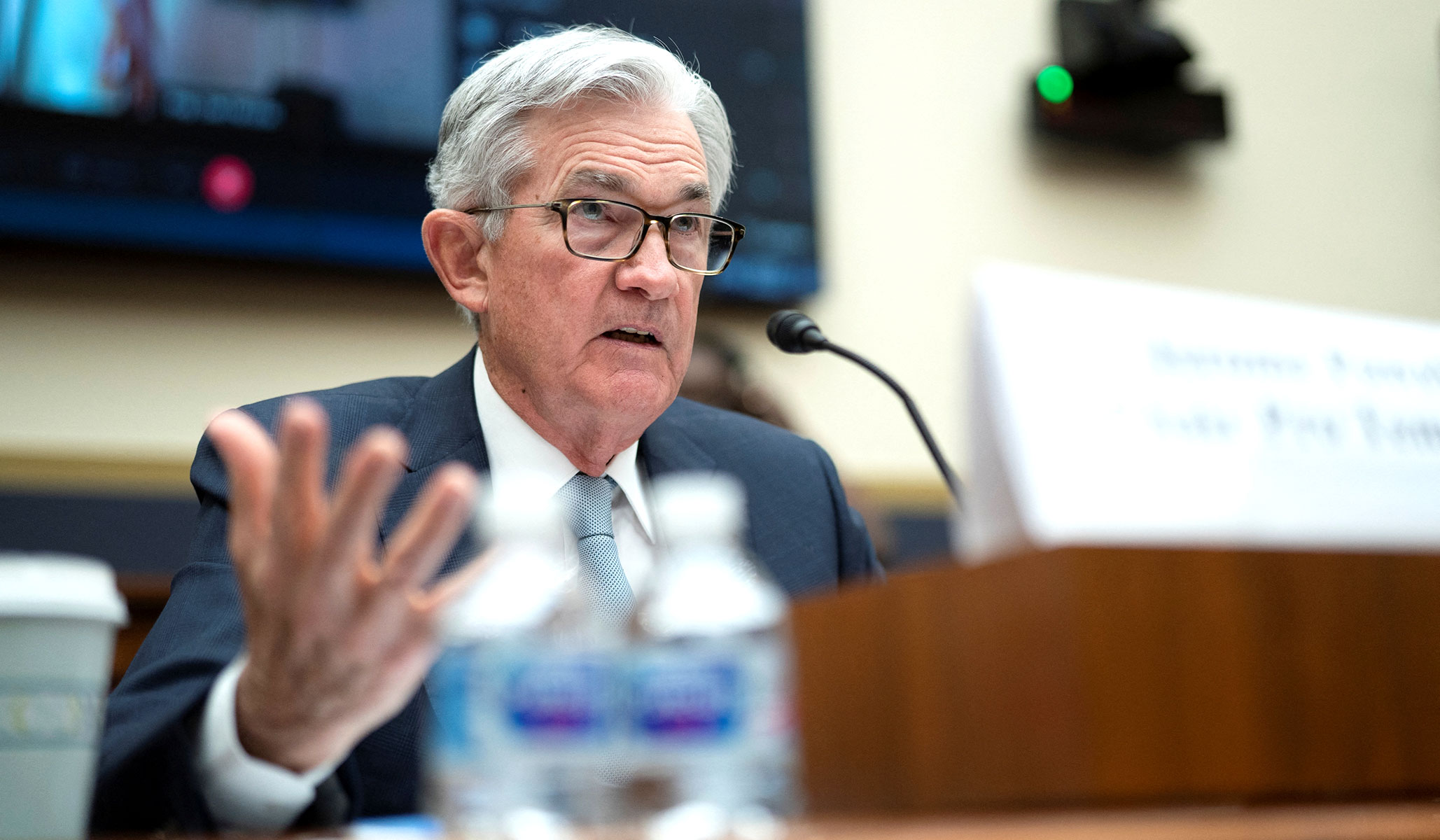June’s CPI report was worse than expected. Prices were 9.1 percenthigher than the year before, when most projections were in the high 8s. The CPI increased by 1.3 percent in the last month alone, the highest monthly rate this year. The report notes, yet again, that inflation is broad-based, as Americans have no doubt noticed.
He also said that core inflation “came down for the third month in a row.” That’s a misleading use of year-on-year numbers. Core inflation (which excludes food and energy) rose 0.7 percent last month after increasing by 0.6 percent in each of the two months prior. That works out to an average annualized core inflation rate of 7.6 percent over the past three months. Core inflation is holding steady at a disastrously high level.
When the current bout of inflation began, Democrats waved it away by pointing to volatility in energy prices and saying core inflation was doing fine. Now, they’re pointing to energy prices to distract from core inflation.
Biden was, however, wise to conclude his statement by saying, “I will continue to give the Federal Reserve the room it needs to help it combat inflation.” He has consistently held that line, breaking a long tradition of presidents of both parties harassing the Federal Reserve to help their political fortunes. The task of bringing inflation back under control is indeed mostly on the Federal Reserve.
The Fed can’t do much about energy prices, but it can do more to tighten monetary policy. The total spending level in the U.S., unlike in Europe, remains above its pre-pandemic trend. Combined with the high core inflation, the trajectory of spending indicates that our inflation has a significant demand-side component that goes beyond supply constraints and energy prices. The FOMC should at least repeat a 75-basis-point interest-rate increase at its next meeting at the end of the month. If it’s going to surprise, it should do so on the upside. The Bank of Canada raised its key interest rate by 100 basis points today. It would not be out of line for the Fed to do the same.
And getting the inflation rate to inch downward is an insufficient goal. The Fed’s target is 2 percent inflation. It has led many people to believe that it wants to hit that rate on average, which means that it should be aiming for below 2 percent to compensate for the excessive inflation of the last 15 months. And the longer inflation persists at a high level, the more expectations of high inflation become entrenched throughout the economy.
Fed governors know all of this, and the minutes from the last FOMC meeting indicate they retain a commitment to the 2 percent target. But if fighting inflation produces a recession, they could get distracted. They should keep their resolve. A short recession is preferable to the likely alternative: stagflation followed by a worse recession.
And Congress must not make things worse by passing any major spending bills. News from Capitol Hill indicates that some form of Build Back Better is being discussed again. Even supposedly paid-for spending should be opposed, both because the federal government has enough budget obligations already and because Democrats’ maximalist strategy on budget gimmicks, as demonstrated all of last year, means their pay-fors can’t be trusted. U.S. bondholders must be reassured that the federal government intends to pay them back in real terms, not inflated currency, and that means a long-term commitment to basic fiscal responsibility.
Even if headline inflation comes down next month due to a decline in gasoline prices, the fundamental task before the Federal Reserve will remain the same. And politicians — especially Senator Joe Manchin — must avoid adding to the fire by approving more spending. The No. 1 mission for domestic policy right now is getting inflation back under control, and so far it remains unfulfilled.
